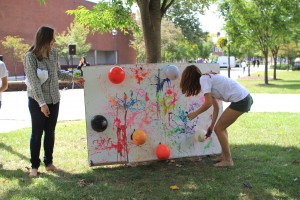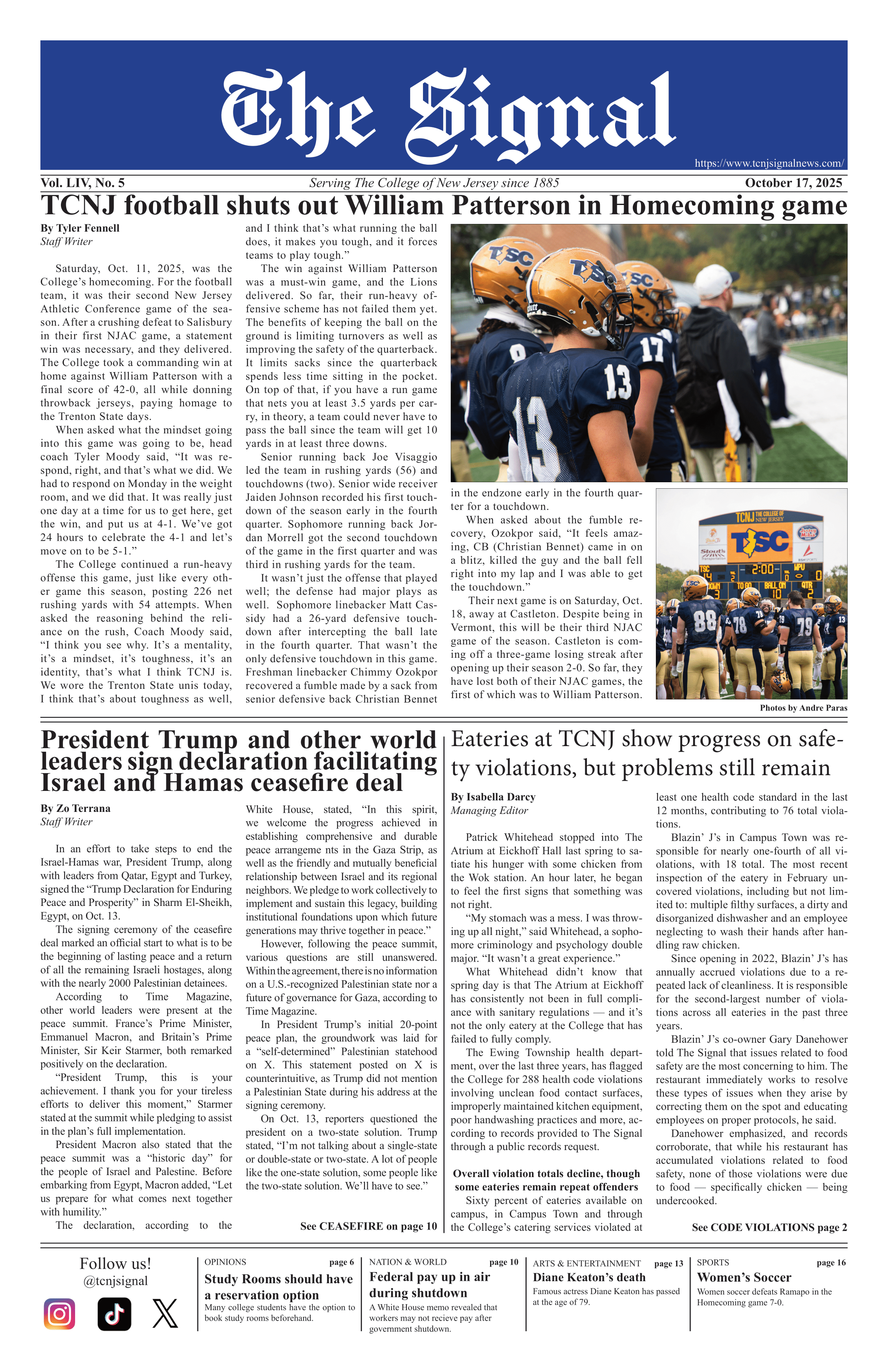At the College, a typical class lasts either one hour and 20 minutes twice a week or two hours and 50 minutes once a week. However, some classes in the art department can last up to eight hours.
Starting this school year, each credit that a class offers corresponds to two hours worth of class time for art students. Therefore, a class that is worth four credits must have eight hours’ worth of class time per week.
“The reason for art classes being extended from four hours to eight hours total was that the school’s art program wanted to compete with other art schools that had higher credentials,” said sophomore digital arts major Ben Schuckman. “To get higher credentials they had to increase the amount of in class time for art classes.”
Typically, Schuckman’s classes last three to eight hours and are usually broken up into different types of work, lectures, demos, videos and in-class studio time or other free time to use the labs and equipment.
Each class usually begins with a critique of the work that was due for that week, followed by a lecture on the next assignment. Afterward, time is allotted for students to independently work on assignments, which often leads to loss of concentration.

Students frequently feel that classes are dragged out just to make them a full six hours long.
“I do find myself losing concentration easily after a few hours of class, which affects the information that I retain from class and definitely does not make the class enjoyable,” said sophomore graphic design major Jeremy Nevitt. “By losing concentration in the six hour classes and only doing independent work for most of the class I feel like the classes can be shorter while still attaining the necessary critique and lecture on the next assignment.”
John Laughton, dean of the School of Arts and Communication explained that the studio classes are mentor-based; therefore, they’re longer and demonstrate close teacher-student relationships.
He said, “Instantaneous feedback allows for correction and feedback and therefore allows students to adapt more quickly for development and fixation.”
Although long classes can drag on at times, students are still eager to pursue careers in art.
Schuckman said, “I like the hands-on aspect of the work that I do. Less studying and writing, more creative and hands-on projects. Digital media is my specialty, I love working on the computer and using creative software, cause once I get started on a project I could work for hours on end making sure that it’s perfect.”






